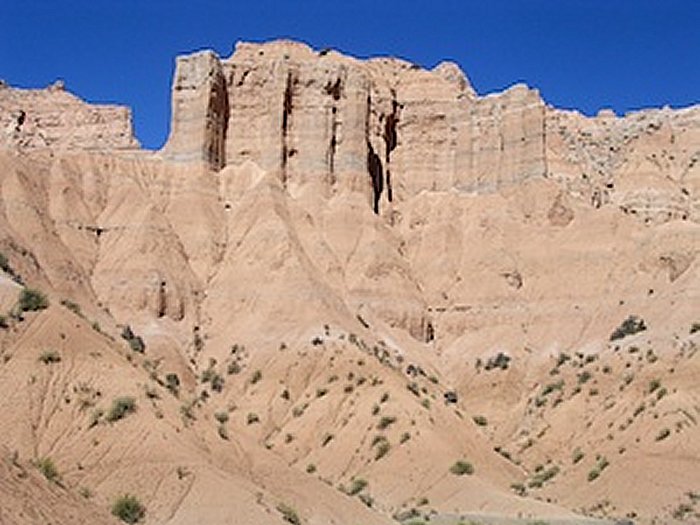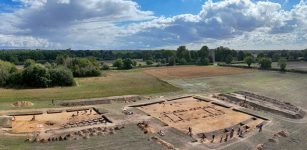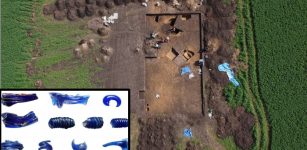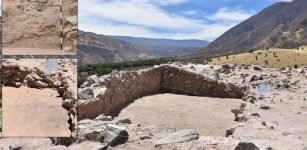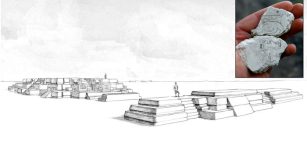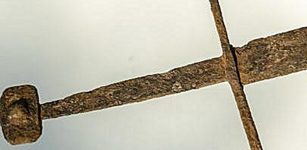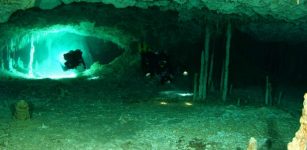Andes Mountains’ Intriguing Elevation History: Turtles And Snakes Once Thrived There
AncientPages.com - Researchers have identified fossilized shell pieces of an aquatic turtle and the fossil remains of a nearly five feet long tortoise of the genus Chelonoidis, found near Quebrada Honda, Bolivia in Altiplano in west-central South America.
The fossil site of Quebrada Honda is located in the far south of Bolivia, about 40 miles (60 km) southwest of the city of Tarija. It sits at an elevation of about 11,500 feet (3,500 m) in the Eastern Cordillera of the Andes, the mountains that form the eastern border the Altiplano. The fossil-preserving rocks at the site were deposited roughly 13-12 million years ago, during the latter half of the middle Miocene.
The findings indicate that this highland was likely less than a kilometer above sea level 13 million years ago and the climate was much wetter than today, according to a Case Western Reserve University researcher.
More on Darin A. Croft research - here.
The Andes were formed by subduction -- a process in which one tectonic plate is shoved under another. How quickly the mountains rose to their current elevation is not fully answered.
As the highest geological feature in South America, the mountain chain affects global air circulation patterns and plays a major role in global climate.
"We're trying to understand how tectonic plate activity and changing climate affected species diversity in the past," said Darin Croft, an anatomy professor at Case Western Reserve University School of Medicine and a paleomammalogist.
"One way all this diversity we see in the South American tropics today was generated was through elevation. Mountains create many different climates and ecosystems in a small area, which promotes speciation."
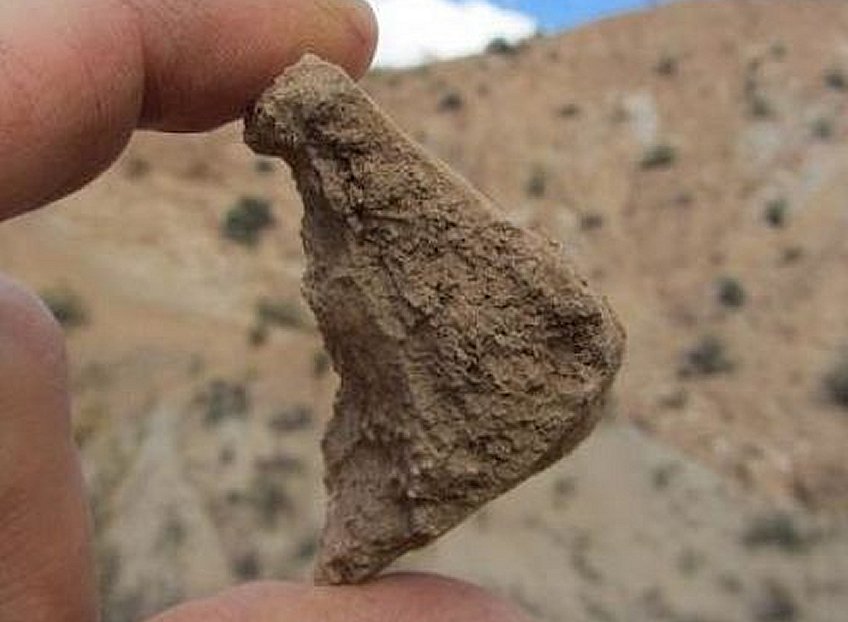
The fossil shell from an extinct tortoise of the genus Chelonoidis, found near Quebrada Honda, Bolivia, suggests the Altiplano was less than a kilometer in altitude 13 million years ago. Credit: Darin A. Croft
Croft and Federico Anaya, a member of the geological engineering faculty at Universidad Autónoma Tomás Friás in Posotí, later identified other, more fragmentary tortoise remains from other sites in the area.
The ancient tortoise and aquatic turtle most likely would have had physiological requirements much like their modern relatives, which generally live at altitudes of up to about 500 meters and can't thrive or reproduce at much higher elevations because of the cooler temperatures, Croft said.
Miocene fossilized leaf remains are scant in Bolivia, but those that have been found tend to support the findings of warmer temperatures, lower altitude, and greater precipitation than today.
"With current global climate change, we'd like to have a better idea of what to expect under different scenarios -- how 1-degree warming or 2-degree warming will affect sea levels and animals," Croft continued.
In addition, the fossils provide a glimpse into climate change caused by rising mountains, which may help scientists understand climate change underway now.
The research is published in the Journal of South American Earth Sciences.
AncientPages.com
source: Case Western Reserve University


